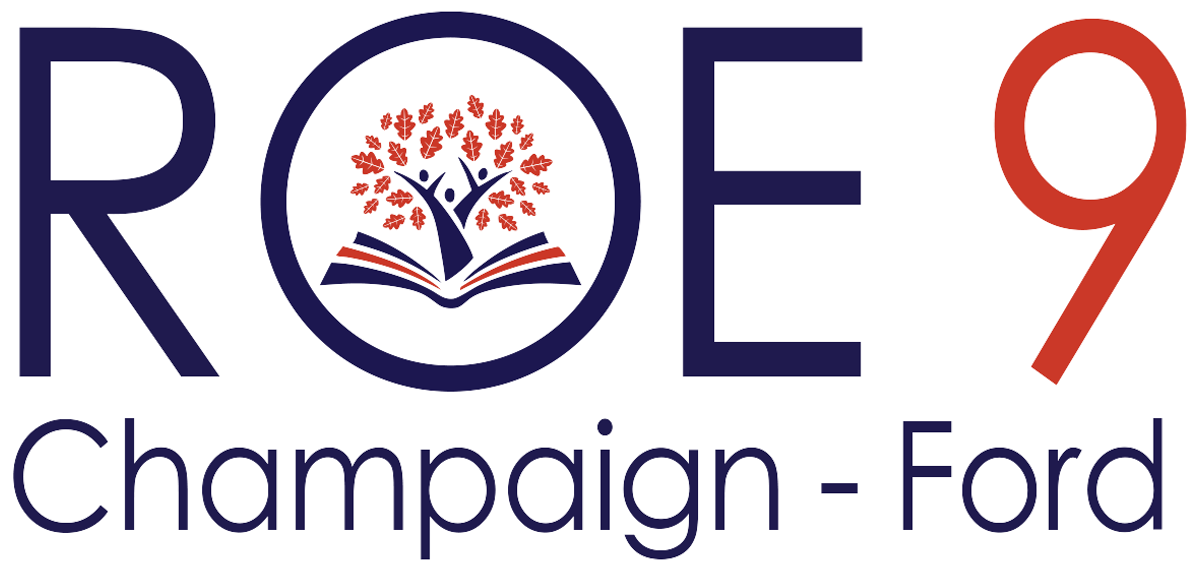As a high-schooler, Esther Im admits, she gave up on math before she was set to take calculus, a decision she’d come to regret.
For the first 15 years of her career, Im taught multilingual learners and reading at Stratton Academy of the Arts and International Prep Academy in Champaign. Then, when International Prep expanded to include sixth- through eighth-grade students, Im volunteered to teach sixth-grade math.
Now Im, who was born in Korea and raised in Kenya by her missionary parents, prides herself on building her students’ knowledge and confidence in math. That goal will remain the same when she moves to Franklin STEAM Academy next year.
I find my work important because ... STEM subjects, especially math, can be challenging, and sometimes students give up before they discover that they can, in fact, “do” math and possibly enjoy it. I think my own journey with math also contributes to this belief. My mother actually taught me how to think mathematically at a young age.
However, I found math challenging, especially in middle school, but also had a great deal of respect for it and learned to really enjoy it. However, I, too, had my own moment of “giving up” on math in high school, right before I took calculus. I always regretted that decision because it led to a belief that a STEM career was not for me and then to a subsequent decision to go into the humanities, which I discovered very late in life was not the right fit for me. I think I want my students to have options and opportunities that fit their gifts and interests and not to close the door on something like math because it might be challenging for them.
My favorite or most unique lesson that I teach is ... an Algebra 1 lesson on factoring quadratic equations. This is actually a lesson taken from Peter Liljedahl’s book, “Building Thinking Classrooms,” which offers principles that get students to engage in mathematical thinking by “doing” the math and problem-solving, rather than following a teacher-modeled process. Factoring quadratics usually takes several days to learn and practice, but my students this year were able to factor most of the variations of quadratics in one lesson without realizing they had just figured that out on their own!
My most fulfilling moments on the job are when ... I see students put in the hard work and then experience the personal satisfaction of knowing that all the effort and struggle was worth it. It is very gratifying to see these students grow in confidence and take ownership and responsibility for their own progress.
I keep students engaged by ... having them work in collaborative groups at whiteboards on tasks that get them to think and use each other as a resource. I also started using tools to guide them towards tracking their own learning, so that they are more self-aware of what they know and what they still need to master.
Something else I’m passionate about is ... understanding how the life experiences of third-culture kids really impact how we live now. Having to navigate cultures from the time I was a toddler has really shaped who I am now, and I’m not the only one; there are many out there with similar experiences. I started a nonprofit organization for third-culture kids (particularly Korean missionaries’ children) 14 years ago, and we have a pretty good community across the United States. We are able to talk about and support each other in ways that a person who has mostly lived in one country might not quite understand.
My favorite teacher and subject to study in school was ... Mr. Tim Taylor, who taught chemistry at Rift Valley Academy in Kijabe, Kenya.
If I weren’t a teacher, I would be ... a financial or data analyst or working in higher-education administration.
I’m spending my summer break ... visiting my family in Nairobi (mostly to spend time with my 2-year-old nephew), collaborating with teachers across the district to plan units for the fall, and trying to get grass to grow in my backyard.
— ANTHONY ZILIS

